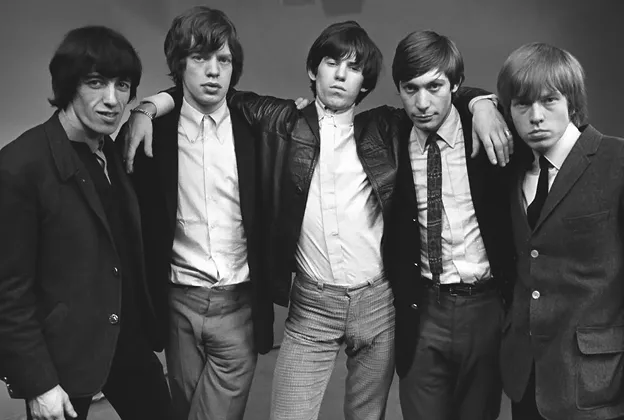The Rolling Stones’ No. 1 Singles: A Journey Through Rock & Roll Royalty
To many, The Rolling Stones are rock & roll. From their rebellious beginnings in early-’60s London to their enduring reign as legends of the stage, the Stones have crafted a legacy defined by bold experimentation, raw emotion, and electrifying sound. Their music didn’t just top the charts—it helped define an era.
While they’ve had countless classics, here’s a look at the eight number-one singles that mark key moments in the Stones’ remarkable journey.
“Little Red Rooster” (1964)
Originally a blues staple by Howlin’ Wolf, “Little Red Rooster” got the Stones treatment in 1964—and soared to the top of the UK charts. Their gritty, unapologetic version introduced blues to a wider audience, helping to mainstream a genre that had long simmered underground.
“It’s All Over Now” (1964)
Written by Bobby Womack and first recorded by The Valentinos, this R&B gem became a hit only after the Stones stripped it down and reimagined it. Womack initially resisted the idea—until the royalties rolled in.
A sharp, swaggering cut that helped solidify the Stones’ early crossover appeal.
“The Last Time” (1965)
This marked a turning point. As Keith Richards said, “‘The Last Time’ was kind of a bridge into thinking about writing for the Stones.” With its gospel blues roots (some point to The Staple Singers as influence), this single proved the band could not only perform—but create.
“(I Can’t Get No) Satisfaction” (1965)
Arguably the most iconic Stones track. That fuzzy guitar riff? A happy accident that turned into rock history. Its brash lyrics and raw edge made it controversial at the time—and timeless today.
Still in heavy rotation more than 50 years later.
“Get Off My Cloud” (1965)
Riding the wave of “Satisfaction,” this follow-up was a statement of defiance. As Mick Jagger explained, it was their response to overwhelming expectations. Fast, punchy, and full of attitude, it was another number one—and another notch in their rock belt.
“Paint It Black” (1966)
A musical and emotional masterpiece. From Brian Jones’ sitar to Charlie Watts’ thunderous drums, this track captured darkness in a way that resonated with the era. It’s still considered one of the greatest examples of psychedelic rock-meets-raw blues.
“Jumpin’ Jack Flash” (1968)
Born from a spontaneous jam, this riff-driven banger became a signature Stones anthem. Bill Wyman recalled its organic creation: “I just sat down at the piano and started doing this riff…” With Mick Jagger’s swaggering vocals, it became a stadium staple for decades to come.
“Honky Tonk Women” (1969)
Inspired by Hank Williams’ “Honky Tonk Blues,” this raunchy, groove-heavy single topped charts in ’69. With Jagger’s lyrics describing gin-soaked liaisons and barroom heartbreak, it brought country-inflected rock to the mainstream in full swagger.
The Legacy of the Stones’ Number-Ones
Each of these singles marked a shift—not just in the band’s evolution, but in rock music itself. From blues to psychedelic experimentation to country-infused swagger, the Rolling Stones have always followed their instincts—and brought audiences with them.
In an era when bands were allowed to take chances, the Stones didn’t just embrace risk—they thrived on it. And the results? Timeless songs that still echo through radios, playlists, and stadiums today.

